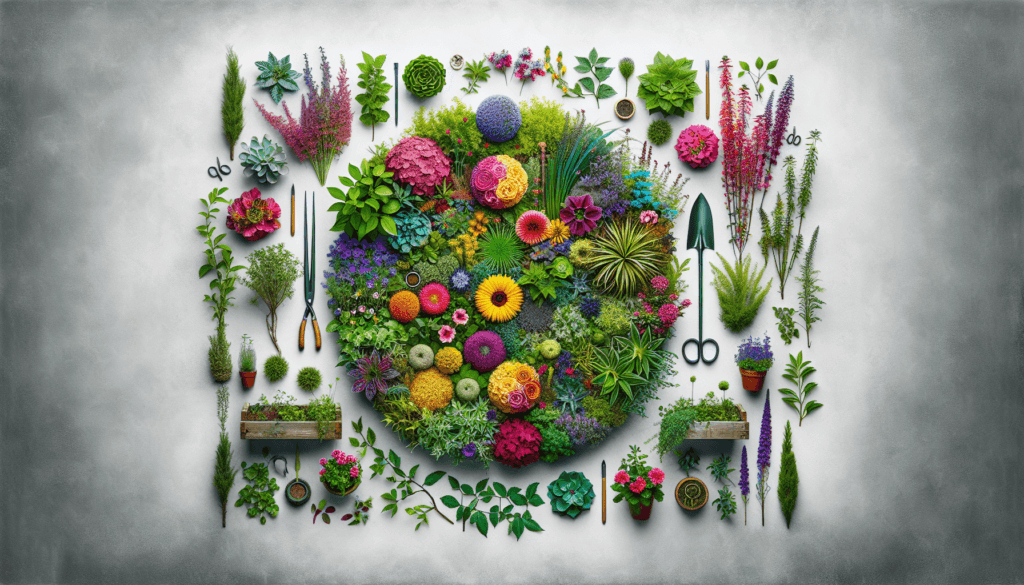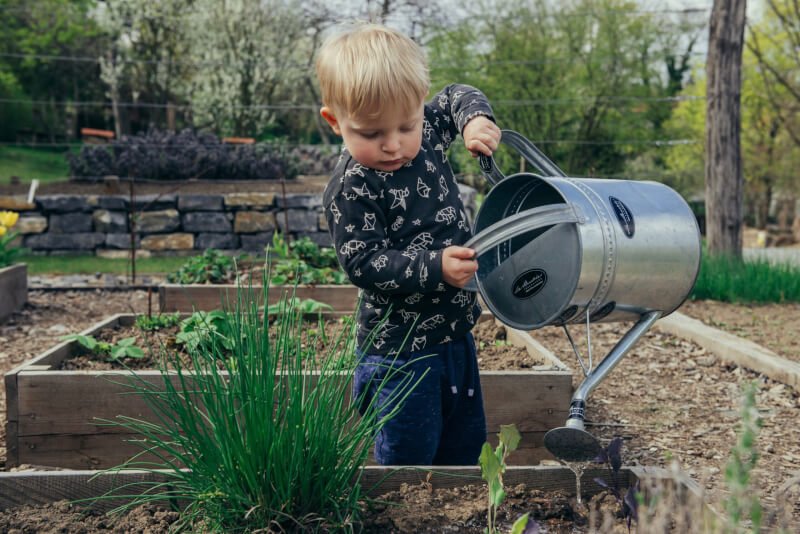Are you ready to transform your outdoor space into a lush and inviting garden? Look no further than this beginner’s guide to designing your very own DIY garden layout. Whether you have a small balcony or a sprawling backyard, this article will provide you with all the tips and tricks you need to create a stunning and functional garden that reflects your personal style. From choosing the right plants to mapping out the perfect layout, we’ve got you covered every step of the way. So grab your gardening gloves and get ready to bring your dream garden to life!
Choosing the Right Location
When it comes to designing your own garden, the first and most crucial step is selecting the right location. Assessing the available space in your yard is essential for determining how large or small your garden can be. Consider the dimensions and shape of your outdoor area to ensure that it can accommodate your desired garden layout.
In addition to the physical space, it’s important to consider the amount of sunlight and shade that your chosen location receives throughout the day. Some plants thrive in full sun, while others prefer partial or even full shade. Evaluating the sunlight and shade patterns in your yard will help you determine which types of plants will thrive in your garden.
Another factor to consider is the quality of the soil in your chosen location. Some plants prefer rich, loamy soil, while others may require well-drained or sandy soil. Understanding the composition of your soil is crucial for selecting plants that will thrive in your garden. Consider conducting a soil test to determine the pH level and nutrient content of your soil, and make any necessary amendments to improve its quality.
Determining Your Garden Style
Once you have chosen the right location for your garden, it’s time to determine the style that best suits your preferences and needs. The style of your garden will shape its overall aesthetic and atmosphere. There are various garden styles to choose from, but the two main categories are formal and informal.
Formal gardens are characterized by symmetrical designs, clean lines, and well-manicured hedges or topiaries. They often have a structured layout that creates a sense of order and elegance. On the other hand, informal gardens are more relaxed and naturalistic, featuring curved pathways, diverse plantings, and a more relaxed design approach.
In addition to choosing between a formal or informal style, you will also need to decide whether you want to focus on growing vegetables or flowers in your garden. A vegetable garden can provide you with fresh produce throughout the season, while a flower garden can fill your outdoor space with beautiful colors and fragrances.
Lastly, consider whether you prefer a contemporary or traditional garden style. Contemporary gardens often feature minimalist designs, sleek lines, and modern materials, while traditional gardens embrace classic elements, such as ornate structures and heirloom plants.
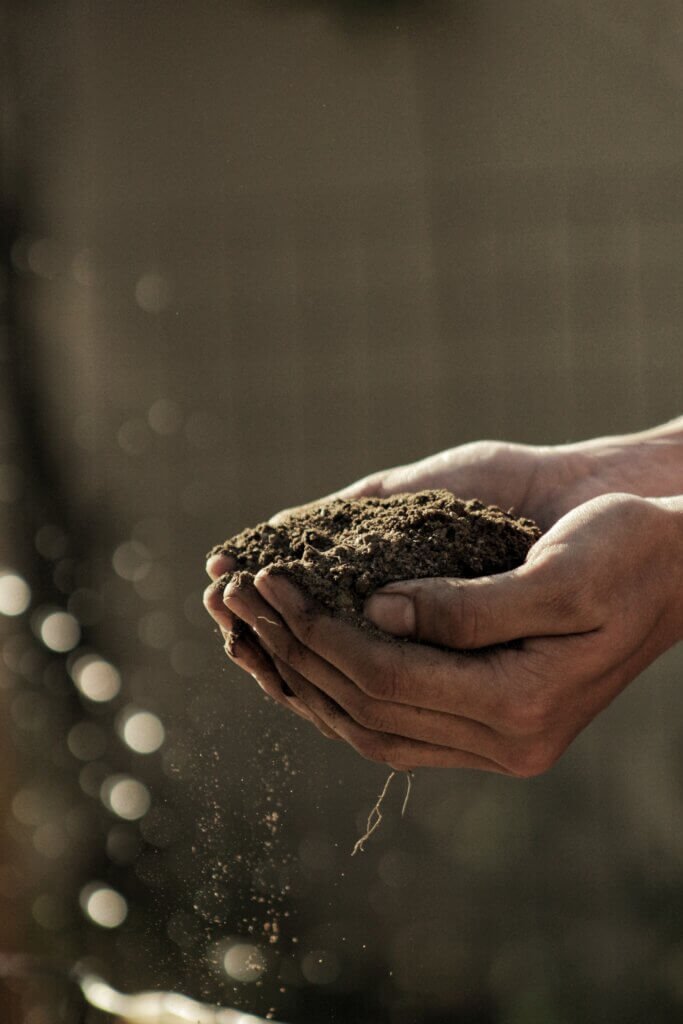
Creating a Basic Layout Design
With your garden style in mind, it’s time to create a basic layout design for your space. Start by measuring and sketching your garden area. Use a tape measure to determine the dimensions of your outdoor space, and transfer these measurements onto graph paper or a digital design program.
When sketching your garden, consider the overall shape and pathways you want to incorporate. Straight paths and geometric shapes are common in formal gardens, while curved paths and irregular shapes work well in informal gardens. Designing pathways not only adds functionality but also helps guide visitors through the garden, creating a sense of exploration.
To make the most of your garden, try dividing the space into functional zones. This could include separate areas for entertaining, relaxing, or growing specific types of plants. By delineating different zones, you can create a more organized and cohesive garden layout that suits your needs and preferences.
Researching Plants and Their Requirements
Before you start selecting plants for your garden, it’s essential to research their specific requirements. Start by analyzing your hardiness zone, which will help you identify which plants are most likely to thrive in your climate. Understanding your hardiness zone will prevent you from purchasing plants that won’t survive in your garden’s conditions.
In addition to hardiness zones, consider the mature height and spread of the plants you’re interested in. This information will help you determine how much space they will need in your garden. Planting tall or wide-spreading plants too close together can result in overcrowding and potential growth restrictions.
Another crucial factor to consider is the sunlight and water needs of the plants you’re interested in. Some plants thrive in full sun and require frequent watering, while others prefer partial shade and drier conditions. Understanding these requirements will help you create a cohesive garden layout that meets the needs of all your selected plants.
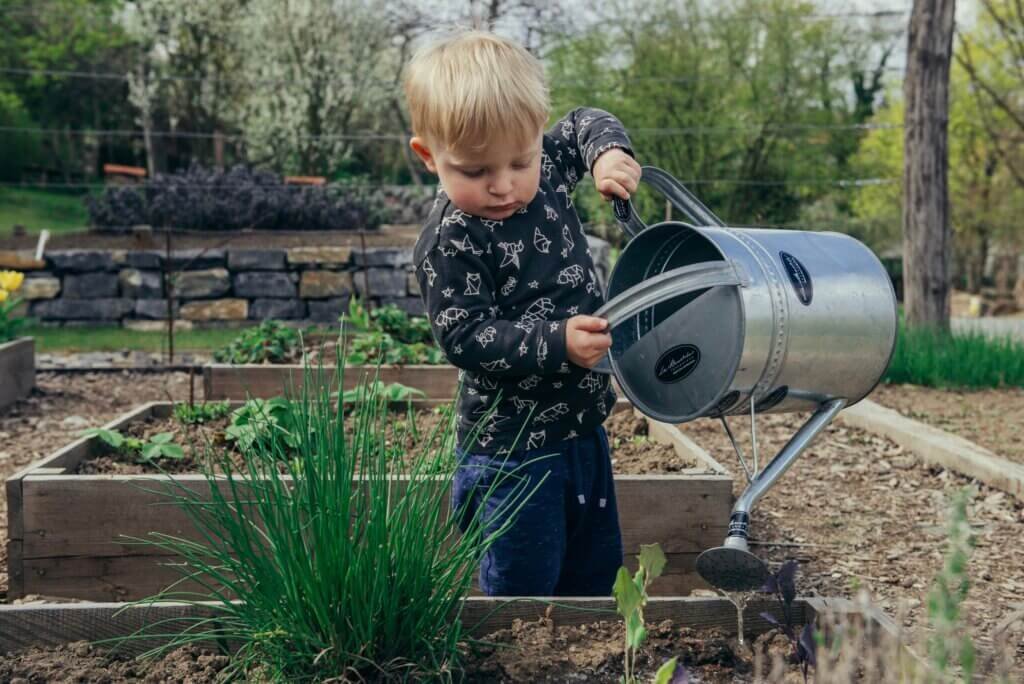
Selecting Suitable Plants for Your Design
Once you have researched the requirements of different plants, it’s time to select a variety of suitable options for your garden design. To create visual interest, choose plants with different colors, textures, and flowering periods. This variety will add depth and excitement to your garden, making it visually appealing throughout the year.
When selecting plants, it’s important to strike a balance between annuals, perennials, and shrubs. Annuals provide vibrant and seasonal blooms but require replanting each year. Perennials, on the other hand, come back year after year and often provide more enduring foliage. Shrubs offer structure and can act as focal points within your garden.
Consider including plants that offer interest during different seasons. By selecting plants with varying bloom times and foliage colors, you can enjoy a visually stunning garden all year round.
Arranging Plants in Your Garden Layout
Once you have chosen your plants, it’s time to arrange them in your garden layout. Group plants with similar requirements together, such as those that prefer full sun or partial shade. This will ensure that each plant receives the necessary sunlight and water for optimal growth.
When arranging your plants, consider their color and texture. Combining plants with contrasting colors can create an eye-catching display, while plants with similar textures can add a sense of harmony to your garden. Keep in mind the growth rate and habits of each plant, as this will determine whether they need ample space or can be planted closer together.
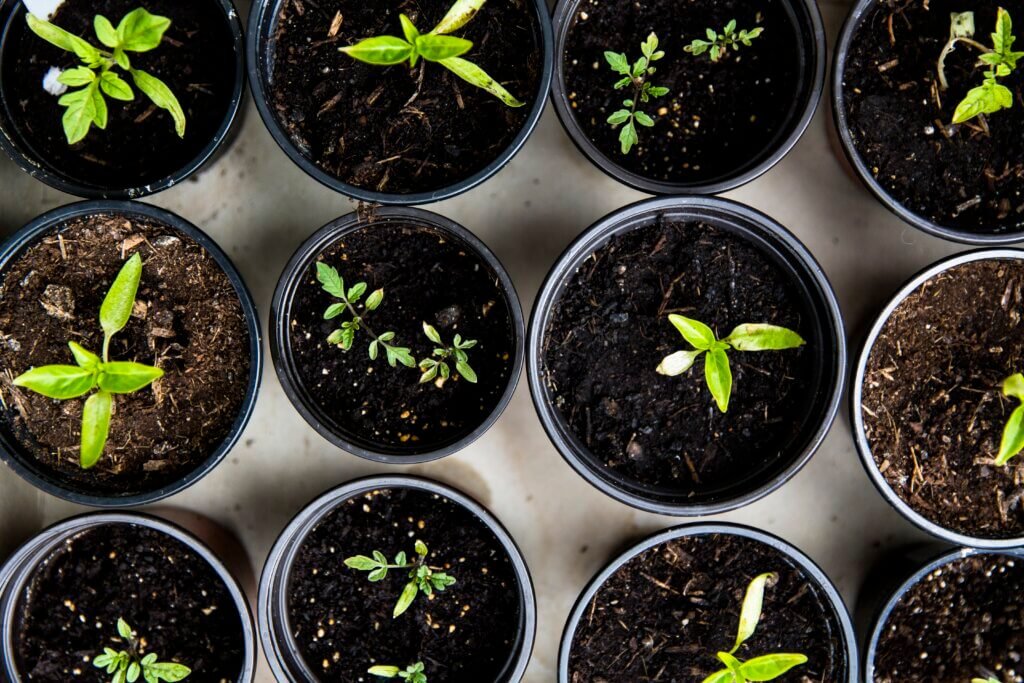
Adding Hardscape Elements
To enhance your garden design, consider incorporating hardscape elements into your layout. Pathways can not only add functionality but can also create a sense of direction and flow within your garden. Choose materials such as stone, gravel, or wood to match your garden style.
If you have limited space or poor soil quality, consider installing raised beds or containers. These options allow you to control the soil quality and provide better drainage for your plants. They also help define separate planting areas within your garden.
Trellises or arbors can add vertical interest to your garden while providing support for climbing plants. They can act as focal points or create entrances to different parts of your garden. Consider the materials and design that best complement your garden style when choosing hardscape elements.
Creating a Focal Point
Every garden needs a focal point to draw attention and create a sense of visual interest. Consider choosing a centerpiece for your garden, such as a statue, birdbath, or a striking plant. This focal point will serve as a visual anchor for your garden and help guide the eye through the space.
Water features are another excellent option for creating a focal point in your garden. Whether it’s a small fountain, a pond, or a cascading waterfall, the sound of flowing water and the movement it provides can transform your garden into a tranquil oasis. Additionally, consider designing your garden around a unique plant, such as a rare flower or a specimen tree, to make it a truly exceptional space.
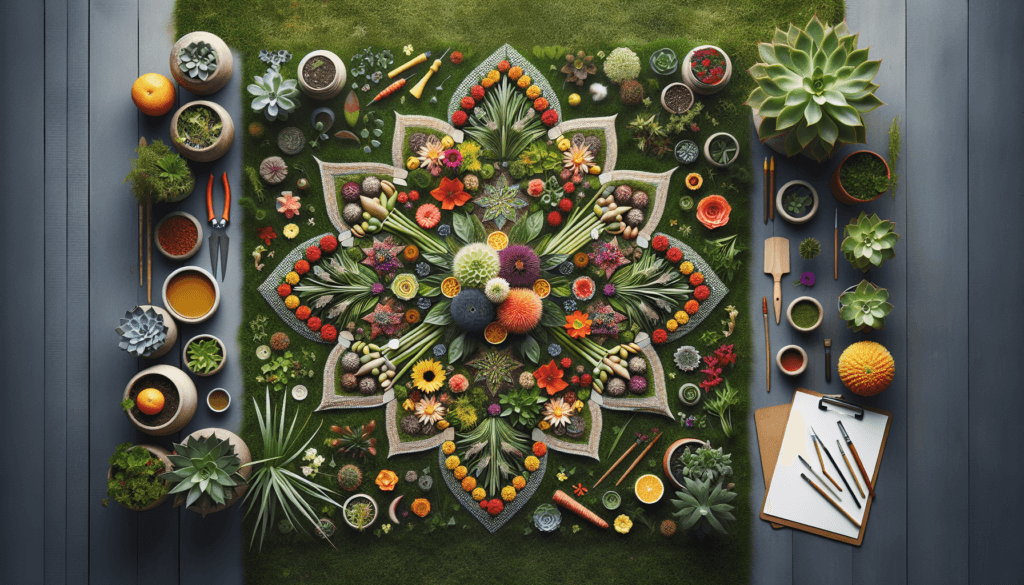
Considering Maintenance and Sustainability
While designing your garden, it’s important to consider the level of maintenance it will require. Plan for easy maintenance by selecting plants that suit your gardening skills and available time. If you have a busy schedule, opt for low-maintenance plants that require minimal care.
Sustainability is another key consideration when designing your garden. Using organic practices, such as composting, and avoiding harmful pesticides or synthetic fertilizers, can promote a healthy ecosystem and protect pollinators. Implementing water-wise gardening techniques, such as installing a rain barrel or using drip irrigation, can conserve water and reduce your overall environmental impact.
Evaluating Budget and Resources
Before diving into your garden design, it’s important to consider your budget and available resources. Determine the cost of plants and materials needed for your project to ensure that it aligns with your financial capabilities. Remember to factor in additional costs for tools, soil amendments, and any hardscape elements you wish to incorporate.
In addition to financial resources, consider the amount of time and effort you can dedicate to your garden. Some plants require more frequent care and maintenance than others, so choose plants that match your available resources. If you’re new to gardening, explore sources for gardening advice and assistance, such as local nurseries, gardening books, or online forums.
